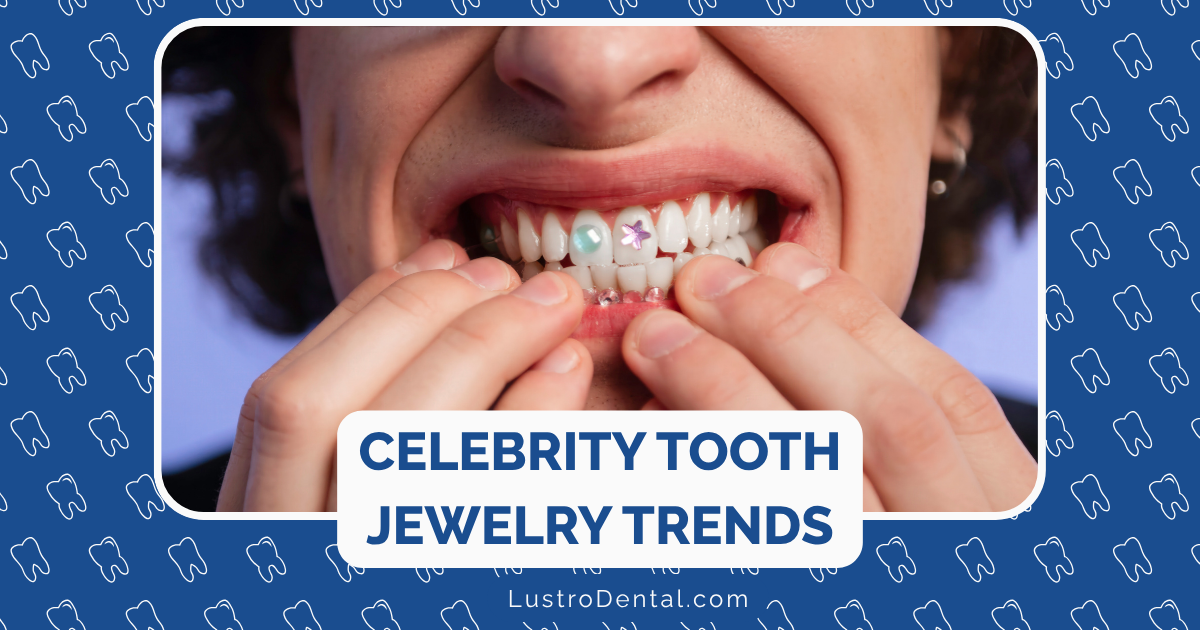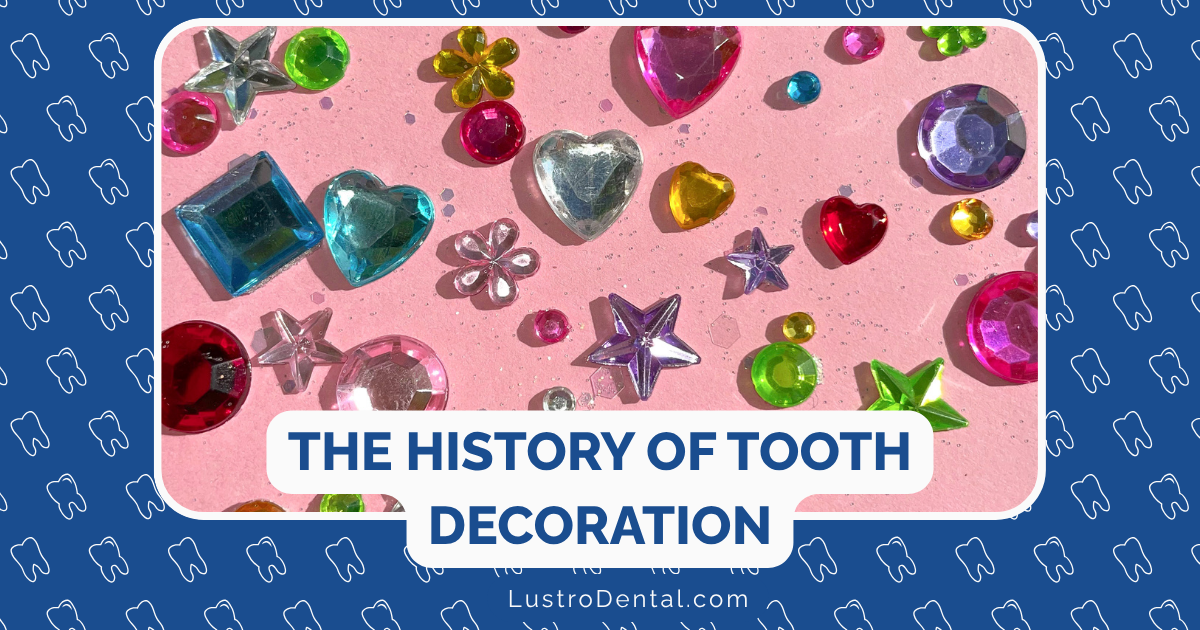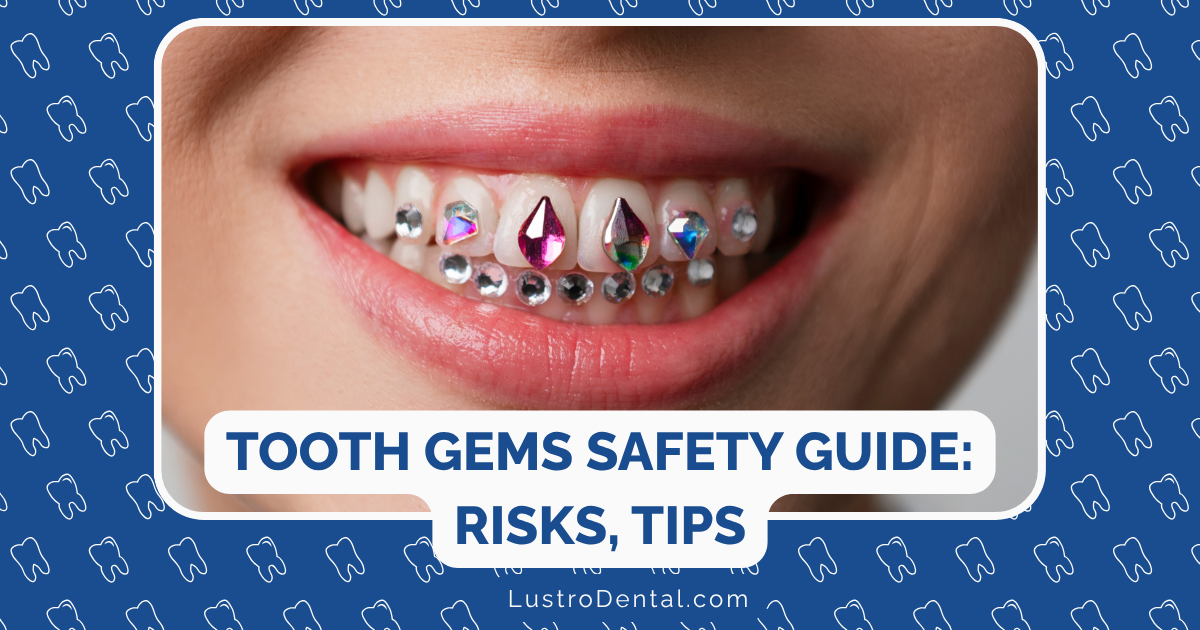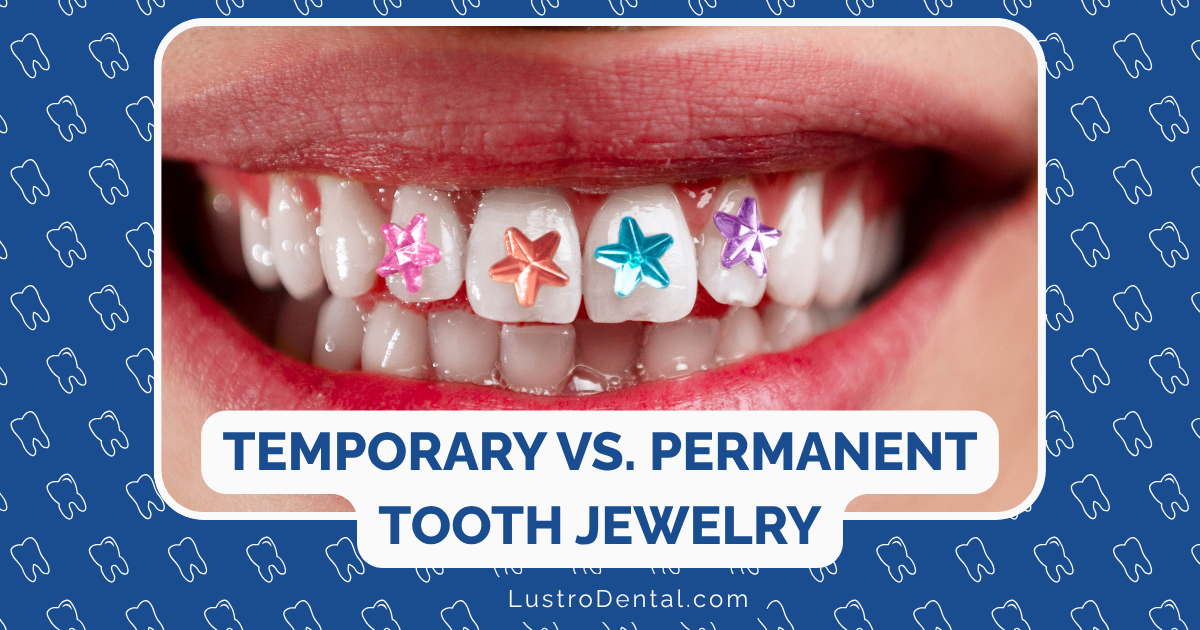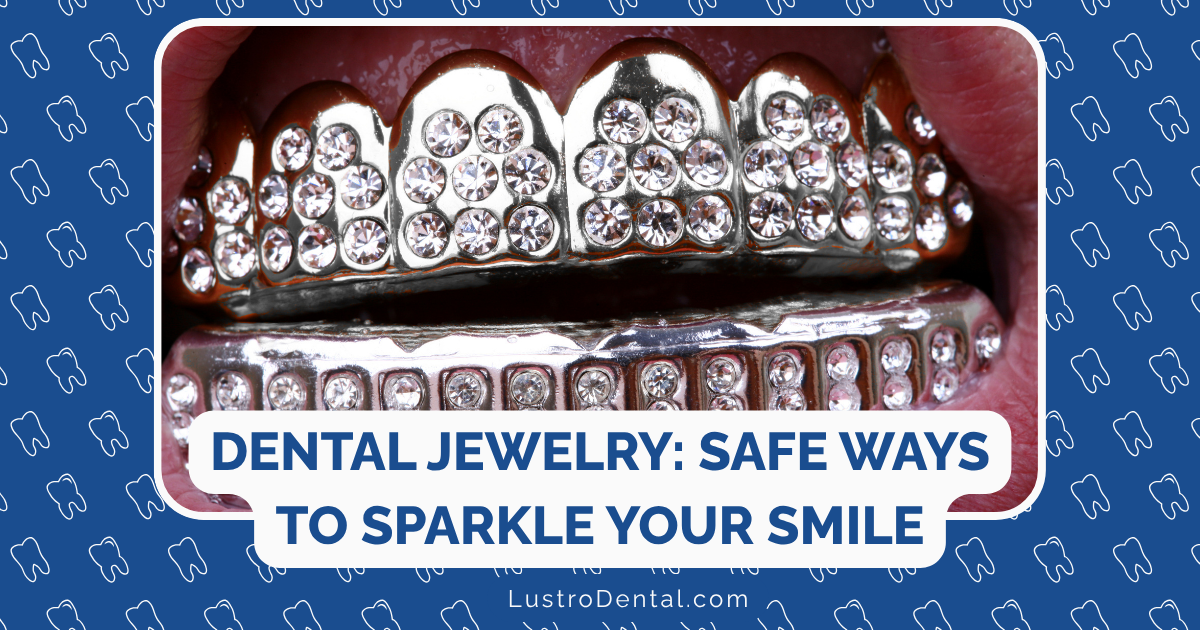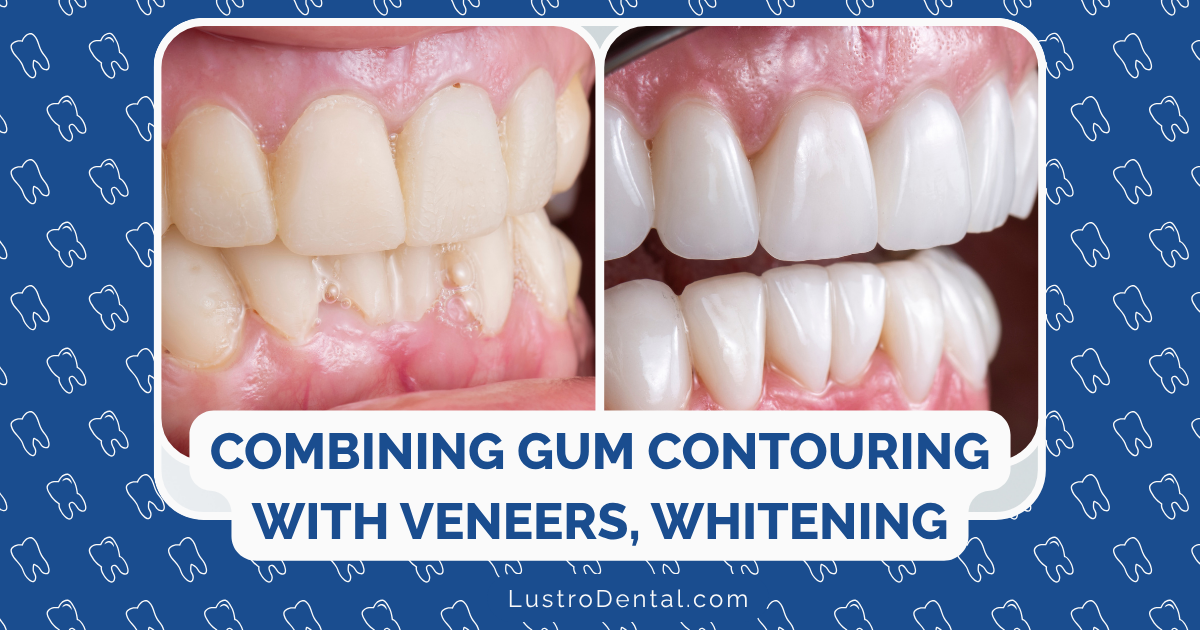The Science of Stains: Why Some Teeth Discolor Faster Than Others
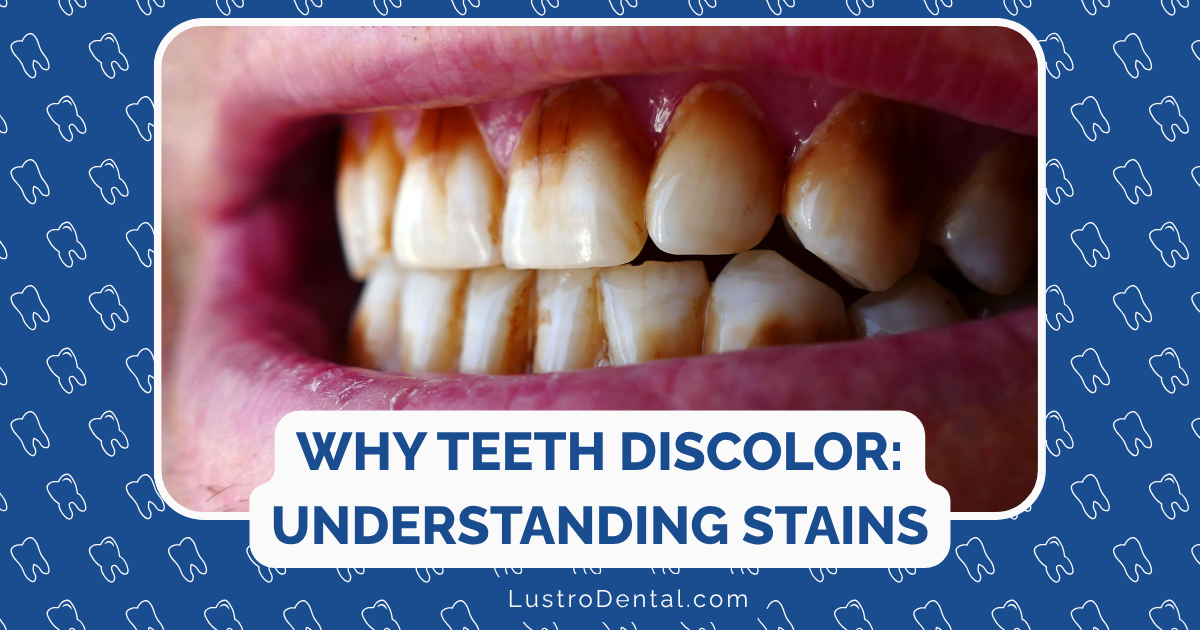
Have you ever wondered why some people can drink coffee daily with minimal tooth discoloration, while others develop noticeable stains after just a few cups? Or why certain family members seem to maintain whiter teeth with minimal effort, while others struggle despite diligent care? The answer lies in the fascinating science of tooth discoloration—a complex interplay of genetics, biology, behavior, and chemistry.
As someone who’s spent years studying dental health, I can tell you that tooth staining isn’t simply a matter of oral hygiene (though that certainly plays a role). Multiple factors determine how quickly your teeth discolor, many of which are beyond your control. Let’s explore the science behind why some teeth stain faster than others and what you can do about it.
The Anatomy of a Tooth: Understanding the Canvas for Stains
To comprehend why teeth discolor differently, we first need to understand tooth structure:
Enamel: Your First Line of Defense
Dental enamel—the outermost layer of your teeth—is the hardest substance in the human body. Composed of approximately 96% mineral content (primarily hydroxyapatite crystals), enamel serves as both protector and potential canvas for stains.
Key enamel characteristics that affect staining include:
- Thickness: Varies naturally between individuals and thins with age
- Mineralization level: Determines hardness and resistance to acids
- Porosity: Affects how readily staining agents can penetrate
- Surface texture: Smoother enamel accumulates fewer stains
Dr. Sarah Johnson, a researcher at the American Academy of Enamel Biology, explains: “Enamel is essentially a crystal lattice with microscopic spaces between the crystals. The size and arrangement of these spaces—what we call porosity—significantly impacts how quickly staining agents can penetrate the tooth surface.”
Dentin: The Yellow Core
Beneath the enamel lies dentin—a yellower, more porous tissue that makes up the bulk of your tooth. As enamel thins or becomes more translucent, the natural yellow color of dentin becomes more visible, contributing to what we perceive as discoloration.
The Acquired Pellicle: Staining’s Gateway
Within minutes of brushing, a thin protein film called the acquired pellicle begins forming on your teeth. This natural film derived from saliva serves as the attachment site for many staining compounds. The composition and thickness of your pellicle—which varies between individuals—can significantly impact staining susceptibility.
Genetic Factors: The Hand You’re Dealt
Your genetic makeup plays a substantial role in determining how quickly your teeth discolor:
1. Inherited Enamel Characteristics
Research published in the Journal of Dental Research has identified over 115 genetic conditions that affect enamel formation, including:
- Amelogenesis imperfecta: A group of hereditary conditions affecting enamel development, resulting in teeth that appear yellow-brown and are more prone to staining
- Dentinogenesis imperfecta: A genetic disorder affecting dentin, causing teeth to appear translucent with a blue-gray or yellow-brown hue
Even without these specific conditions, genetic variations influence:
- Enamel thickness: Thinner enamel shows more of the underlying yellow dentin
- Enamel mineralization: Less mineralized enamel is more porous and stain-prone
- Enamel crystalline structure: Affects how light interacts with teeth, influencing apparent whiteness
Dr. Michael Chen of the International Association of Dental Genetics notes: “Some people simply hit the genetic lottery when it comes to tooth color and stain resistance. Their enamel might be naturally thicker, less porous, or structured in a way that reflects light more effectively, giving the appearance of whiter teeth.”
2. Natural Tooth Color
Your baseline tooth color is genetically determined and exists on a spectrum from yellowish to bluish-white. This natural variation is due to differences in:
- Enamel translucency: More translucent enamel reveals more dentin
- Dentin color: The natural shade of your dentin affects overall tooth color
- Enamel crystalline arrangement: Influences how light is reflected and scattered
A 2023 twin study published in the Journal of Clinical Dentistry found that approximately 60-80% of variation in natural tooth color can be attributed to genetic factors.
3. Saliva Composition
Genetically determined variations in saliva significantly impact staining susceptibility:
- pH level: More acidic saliva can erode enamel, creating rough surfaces that trap stains
- Protein content: Affects pellicle formation and composition
- Mineral content: Influences remineralization capacity and resistance to acid attacks
- Flow rate: Higher flow helps clear staining agents more quickly
The Chemistry of Staining: How Discoloration Happens
Tooth discoloration isn’t random—it follows specific chemical processes:
Extrinsic Staining: Surface Matters
Extrinsic stains occur on the tooth surface and involve several mechanisms:
1. Chromogen Attachment
Chromogens—intensely pigmented molecules found in foods, beverages, and tobacco—are the primary culprits in extrinsic staining. They bind to the acquired pellicle or directly to the enamel surface through various mechanisms:
- Electrostatic interactions: Charged chromogens attach to oppositely charged sites on teeth
- Van der Waals forces: Weak attractions between molecules
- Hydrogen bonding: Particularly important for polyphenolic compounds
2. Tannin Enhancement
Tannins—plant compounds found in coffee, tea, and wine—act as “binding agents” that enhance staining by:
- Facilitating chromogen attachment to the tooth surface
- Creating stronger bonds between chromogens and the pellicle
- Accelerating the formation of colored complexes
“Tannins are particularly interesting because they don’t necessarily cause stains themselves,” explains Dr. Lisa Rodriguez of the Institute for Dental Biomaterials. “Instead, they act as mordants—substances that help other compounds bind more effectively to surfaces, similar to how mordants are used in fabric dyeing.”
3. Acid-Mediated Erosion
Acidic foods and beverages contribute to staining through:
- Demineralization of enamel, creating a rougher surface that traps stains
- Increased porosity, allowing deeper penetration of chromogens
- Exposure of more yellowish dentin as enamel thins
Research from the University of Rochester Dental School found that exposure to acidic beverages (pH < 4.0) for just 30 seconds can create microscopic enamel erosion, making teeth more susceptible to staining for up to 30 minutes afterward.
Intrinsic Staining: Deep Discoloration
Intrinsic stains occur within the tooth structure itself and are typically more difficult to address:
1. Developmental Incorporation
Some substances become incorporated into tooth structure during tooth formation:
- Tetracycline antibiotics: Bind to calcium in developing teeth, causing gray-brown discoloration
- Excessive fluoride: Causes fluorosis, appearing as white spots or brown mottling
- Genetic factors: Alter mineral composition during tooth development
2. Age-Related Changes
As we age, several processes contribute to intrinsic discoloration:
- Secondary dentin formation: The pulp chamber produces more dentin, which is yellower and darkens the tooth appearance
- Enamel thinning: Gradual wear exposes more of the underlying dentin
- Mineral changes: Alterations in crystal structure affect light transmission
3. Trauma Response
Physical trauma can trigger internal bleeding within the tooth, leading to:
- Hemoglobin breakdown products being incorporated into dentinal tubules
- Pulp necrosis, which can cause gray-black discoloration
- Calcification of the pulp chamber, affecting light transmission
Why Some People’s Teeth Stain Faster: The Perfect Storm
With this foundation, we can now understand why some individuals experience more rapid tooth discoloration:
1. Enamel Porosity Variations
Enamel porosity—the microscopic spaces between enamel crystals—varies significantly between individuals:
- Naturally porous enamel: Some people simply have more permeable enamel due to genetic factors
- Developmental defects: Conditions like enamel hypoplasia create areas of increased porosity
- Acid exposure: Frequent consumption of acidic foods/beverages increases porosity
- Age-related changes: Enamel becomes more porous over time
A landmark study in the Journal of Dental Research found that high-porosity enamel can absorb up to 7 times more chromogenic material than low-porosity enamel exposed to the same staining agents.
2. Pellicle Variations
The acquired pellicle—that protein film that forms on teeth—varies between individuals:
- Composition differences: Some people’s pellicle contains proteins that more readily bind chromogens
- Formation rate: Faster pellicle formation can increase staining susceptibility
- Thickness variations: Thicker pellicles may trap more staining agents
3. Microbiome Factors
Your oral microbiome—the ecosystem of bacteria in your mouth—influences staining:
- Chromogenic bacteria: Some bacteria produce pigments that cause direct staining
- Biofilm composition: Certain bacterial communities create environments favorable for stain attachment
- pH modulation: Some bacteria create more acidic environments, increasing enamel porosity
Dr. James Wilson, microbiologist at the Center for Oral Microbiome Studies, explains: “The specific composition of your oral microbiome is as unique as a fingerprint and significantly influences how quickly chromogens attach to your teeth. Some bacterial communities actually produce protective factors that resist staining, while others facilitate it.”
4. Saliva Factors Beyond Genetics
While genetically determined, saliva characteristics are also influenced by:
- Hydration levels: Dehydration reduces saliva flow and protective capacity
- Medications: Many drugs cause dry mouth (xerostomia), reducing saliva’s cleansing effect
- Systemic conditions: Diseases like Sjögren’s syndrome affect saliva quantity and quality
5. Behavioral Amplifiers
Certain behaviors can amplify genetic predispositions to staining:
- Consumption patterns: Frequency of exposure to staining agents matters more than quantity
- Oral hygiene timing: Brushing before acidic beverages can increase staining potential
- Sipping habits: Slowly sipping staining beverages prolongs exposure
The Staining Potential Scale: Common Culprits Ranked
Not all potential staining agents are created equal. Based on research from the Journal of Clinical Dentistry, here’s how common food and beverages rank in staining potential:
High Staining Potential
- Red wine: Contains both chromogens and high tannin levels
- Black tea: High in tannins that enhance chromogen binding
- Cola beverages: Combine chromogens, acids, and sugar
- Coffee: Contains both chromogens and moderate tannin levels
- Berries (especially blueberries, blackberries): Rich in intense natural pigments
Moderate Staining Potential
- Tomato-based sauces: Acidic with moderate pigmentation
- Curry and turmeric: Contains curcumin, a potent yellow pigment
- Balsamic vinegar: Dark pigments and acidity
- Sports drinks: Combine acids and artificial colors
- Soy sauce: Dark pigments that adhere to pellicle
Low Staining Potential
- White wine: Acidic but low in chromogens
- Light-colored sodas: Acidic but minimal pigmentation
- Herbal teas (non-black): Lower tannin content than black tea
- Diluted fruit juices: Reduced concentration of pigments
Practical Implications: What Can You Do?
Understanding the science of tooth staining empowers you to make informed choices:
If You Have Stain-Prone Teeth:
- Modify consumption methods:
- Use a straw to bypass front teeth when drinking staining beverages
- Rinse with water immediately after consuming staining foods/drinks
- Add milk to tea and coffee (caseins in milk bind to tannins)
- Timing matters:
- Wait 30 minutes after acidic foods before brushing to avoid damaging softened enamel
- Consider using a remineralizing rinse after acidic beverages
- Enhanced hygiene:
- Consider electric toothbrushes, which remove extrinsic stains more effectively
- Use whitening toothpastes containing mild abrasives or chemical agents like hydrogen peroxide
- Professional cleanings every 3-4 months rather than the standard 6 months
- Targeted treatments:
- For extrinsic stains: Professional cleaning and polishing
- For intrinsic stains: Professional whitening or veneers may be necessary
For Parents:
If you have genetically stain-prone teeth, your children might too. Consider:
- Limiting tetracycline antibiotics during tooth development years
- Monitoring fluoride intake to prevent fluorosis
- Early introduction of good oral hygiene habits
- Using straws for children when consuming potentially staining beverages
The Future of Stain Science
Emerging research is opening new frontiers in understanding and addressing tooth discoloration:
1. Personalized Stain Prevention
Scientists are developing saliva tests to identify individual staining susceptibility based on:
- Genetic markers for enamel characteristics
- Pellicle protein composition
- Oral microbiome profile
2. Biomimetic Enamel Protection
New protective coatings mimic natural enamel properties while providing enhanced stain resistance:
- Nanoscale hydroxyapatite formulations that fill microscopic pores
- Polymer barriers that prevent chromogen attachment
- Self-assembling peptides that repair enamel defects
3. Microbiome Modification
Emerging probiotic approaches aim to:
- Promote beneficial bacteria that inhibit chromogen attachment
- Reduce bacterial species that facilitate staining
- Create biofilms resistant to pigment accumulation
Conclusion: Embracing Your Dental Reality
The science of tooth staining reveals that much of your susceptibility to discoloration is determined by factors beyond your control. Your genetic makeup, enamel structure, and natural biological variations play major roles in how quickly your teeth stain.
This knowledge shouldn’t be discouraging but liberating. Understanding why your teeth behave the way they do allows you to develop targeted strategies rather than feeling frustrated by comparisons to others with different dental biology.
Whether you’re blessed with naturally stain-resistant teeth or face an uphill battle against rapid discoloration, the key is developing an individualized approach based on your unique oral environment. By combining this scientific understanding with appropriate preventive measures and treatments, you can maintain your healthiest, brightest smile—whatever that means for your unique dental makeup.


